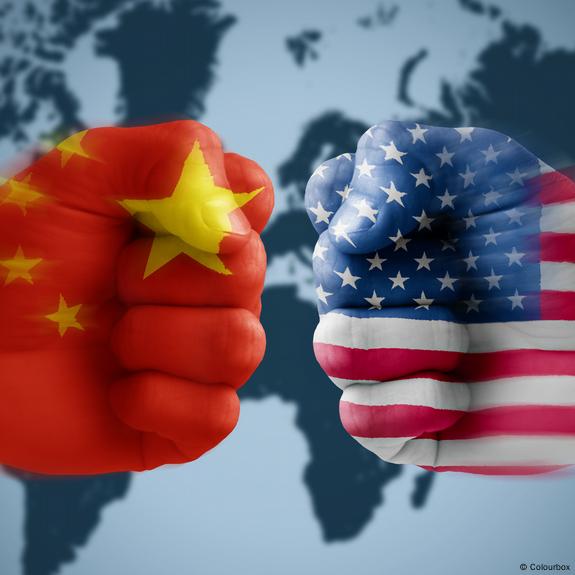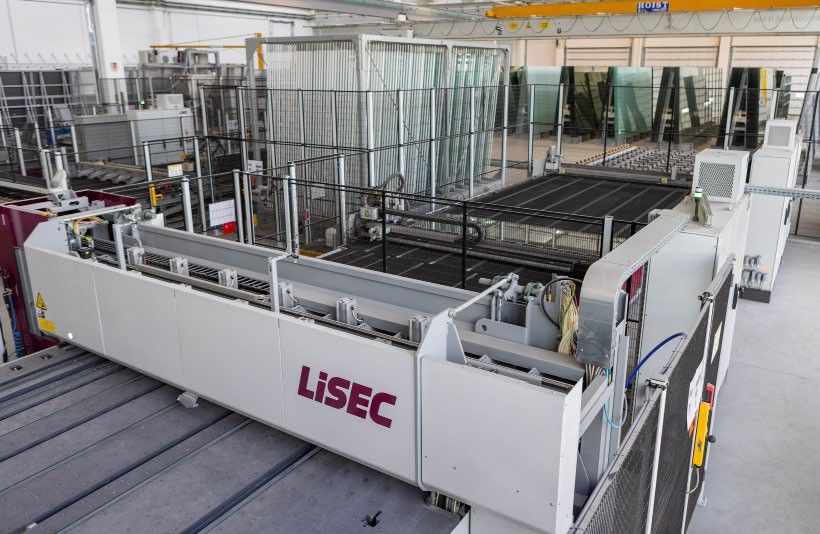A Moment of Relief for Construction
Recent developments on the international trade front have brought a welcome, albeit temporary, sense of relief to the US construction industry. Following intensive negotiations in Geneva, White House officials announced a trade agreement with China, culminating in a 90-day pause in the current tariff dispute. This news arrives two months after the United States imposed a significant 145% tariff on Chinese goods, a measure taken in response to retaliatory tariffs from Beijing.
The agreement outlines a phased reduction in these tariffs, with US duties on Chinese imports expected to drop by more than 100 percentage points. This leaves tariffs at 30% from May to August, while Chinese duties on US imports will stand at 10%. This significant de-escalation, even for a limited period, is particularly noteworthy for the construction sector, which has been grappling with the economic fallout of heightened trade tensions.
China plays a crucial role in the US construction industry’s supply chain. According to the U.S. Bureau of Economic Analysis, China is the largest supplier of imported goods used in construction, accounting for a substantial 19.7% of all construction imports. Furthermore, China is a major source for critical components, providing 25% of all US imports of fabricated metal products and 13% of all machinery imports – categories directly impacted by the recent punitive tariffs. While the European Union, Mexico, and Canada also contribute significantly to construction imports, China’s dominant position makes it a key consideration for pricing and supply chain stability.
These imports are vital in managing construction costs. By contributing to a diverse and competitive supply landscape, imported goods help to mitigate upward pressure on total input costs for the industry. The current environment has seen a significant rise in these costs. Analysis by Chmura, a labor market data and analysis firm, reveals that input costs for goods used in construction have increased by 39% since 2018. While domestically produced goods have seen a even sharper jump of 42% over the same period, imported inputs have also grown by a considerable 27%.
The potential ramifications of a prolonged tariff dispute for the construction industry were starkly illustrated by Chmura’s research. Their estimates suggested that, should continued talks fail, the imposed tariffs could add a staggering $41.7 billion in costs to the industry. This could translate to a significant burden of nearly $2,000 per unit for new multifamily housing developments, impacting affordability and project viability.
The uncertainty generated by high tariffs poses a particular challenge for projects in their planning stages. As Sarah Martin, associate forecasting director at Dodge Construction Network, noted in March, the current, more broad-based tariffs present a greater risk than those seen in 2018. Owners and developers facing uncertain pricing and potential supply chain disruptions may delay or even cancel projects, impacting future construction activity.
The recent agreement with China, following what has been dubbed “Liberation Day” tariffs that impacted global markets, reflects a broader effort by the White House to engage with trading partners. Economists and business leaders had expressed concerns that aggressive tariffs could potentially trigger a recession. Alongside the China agreement, the US also recently announced a trade deal with the United Kingdom, maintaining 10% tariffs on most imports but with fewer restrictions.
While the 90-day pause offers a much-needed respite, the long-term outlook for US-China trade and its impact on the construction industry remains to be seen. The coming months will be critical in determining whether this agreement serves as a foundation for a more stable and predictable trading relationship, or merely a temporary pause in ongoing tensions. For now, however, the construction industry can breathe a cautious sigh of relief, hoping that continued dialogue will pave the way for a more favorable environment for vital imports and project development.
Source: USGlass with additional information added by GlassBalkan







